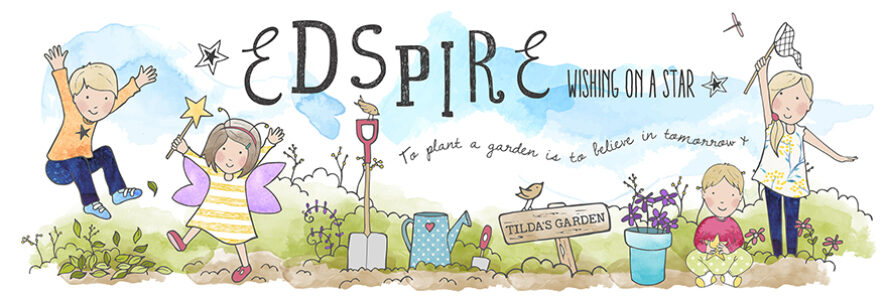People who have followed me for a while will know that my young braveheart William is a historian extraordinaire. He knows more about Romans, Anglo-Saxons and battles through history than anyone I have ever known. A historian at Warwick Castle was blown away after talking to 8 year old William about one of his namesakes William the Conqueror at his knowledge and his ability to talk about what he knows.
William loves myth and mythology as well as history and he is a huge Tolkien fan. He and Esther are both currently obsessed with Lord of the Rings. I wanted to use this to show Esther how many magical stories draw inspiration from history and from the stories, beliefs, rituals and languages of past civilisations and tribes.
William is a huge Tony Bradman fan and LOVED Anglo-Saxon Boy. He recommended that we read Viking Boy with Esther and so that is what we are doing. We are also lucky enough to have been sent Viking Boy: The Real Story to review. This is a non fiction companion book for Viking Boy and it is brilliant. We are reading the two together which is just brilliant.
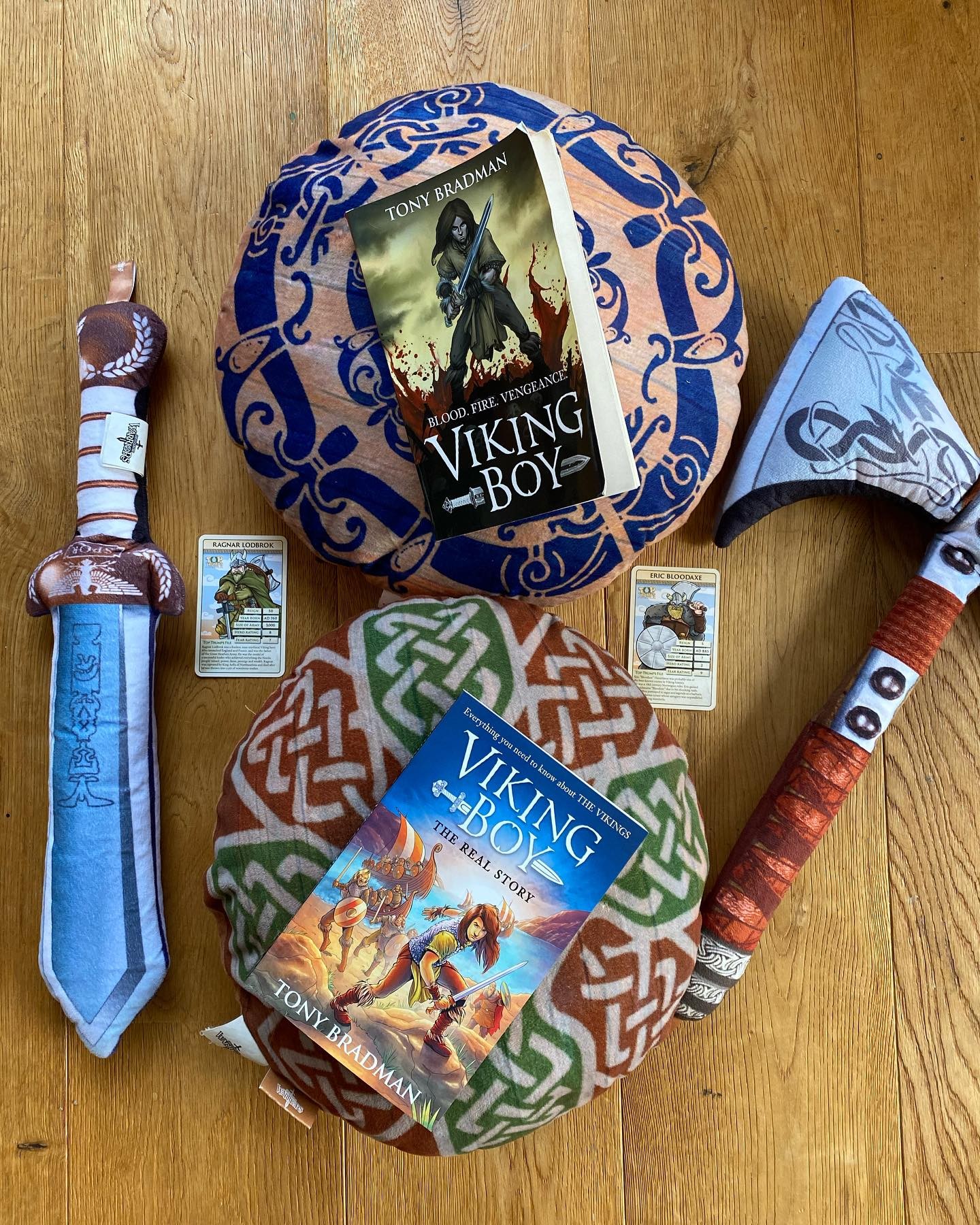
The story begins inside a longhouse so we were able to look at the detailed annotated drawing of one to help us understand the setting and what life might have been like in the steading.
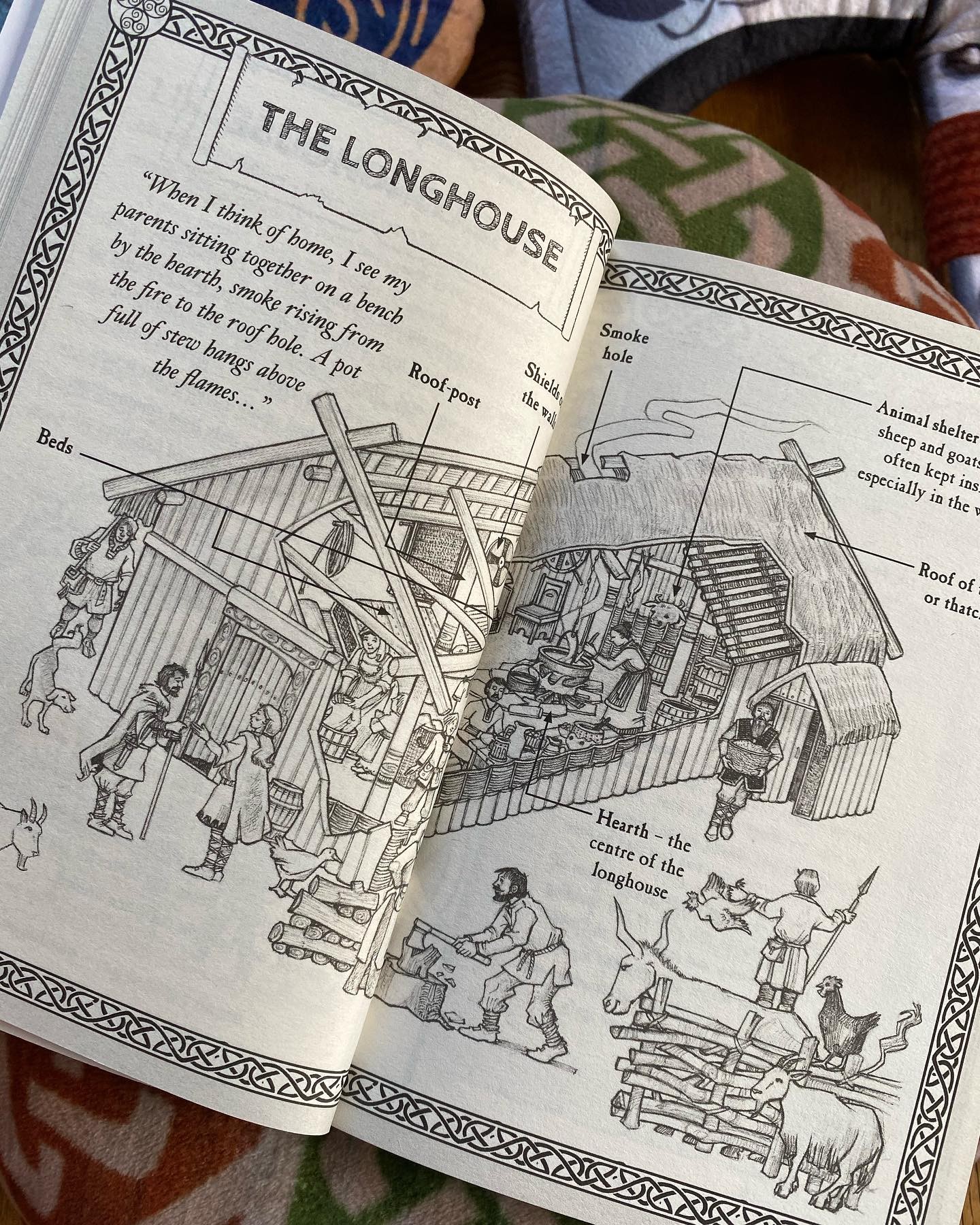
Viking Boy: The Real Story is beautifully written with quotes from Viking sagas and poems, lyrical descriptions that draw you into the lands of the Vikings and it is written in the first person so it feels like the boy, Gunnar, is giving you a tour of his home and sharing the secrets of his people.
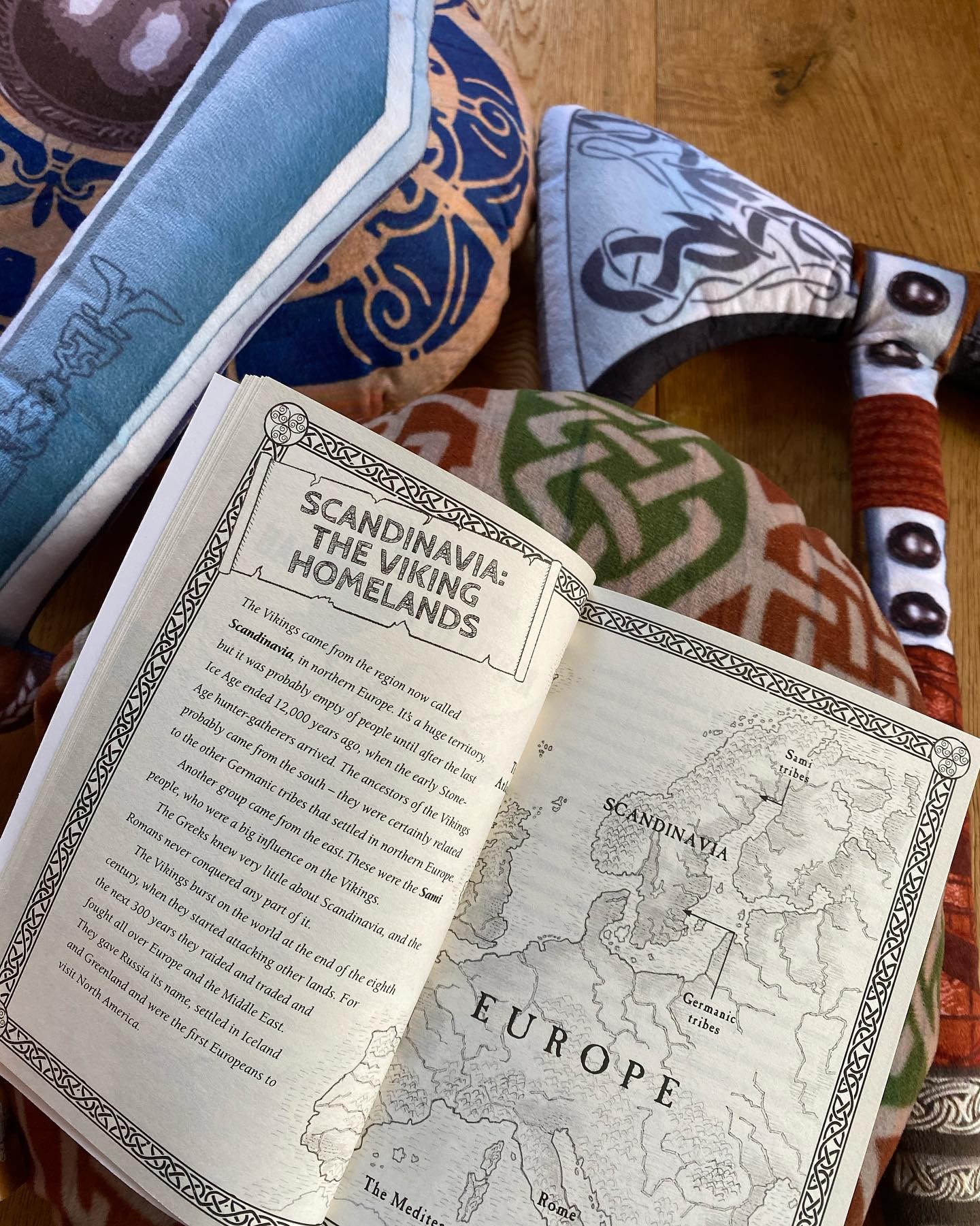
We are loving exploring the Viking homelands, learning about Viking arts and crafts, the role of Viking women, the origins and meanings of Viking names (my favourite section), Viking food and clothing. Williams loves the descriptions of The Norse Gods and Viking weaponry and magic, the ships and the raids. Esther loves the poetry and stories, myths and legends.
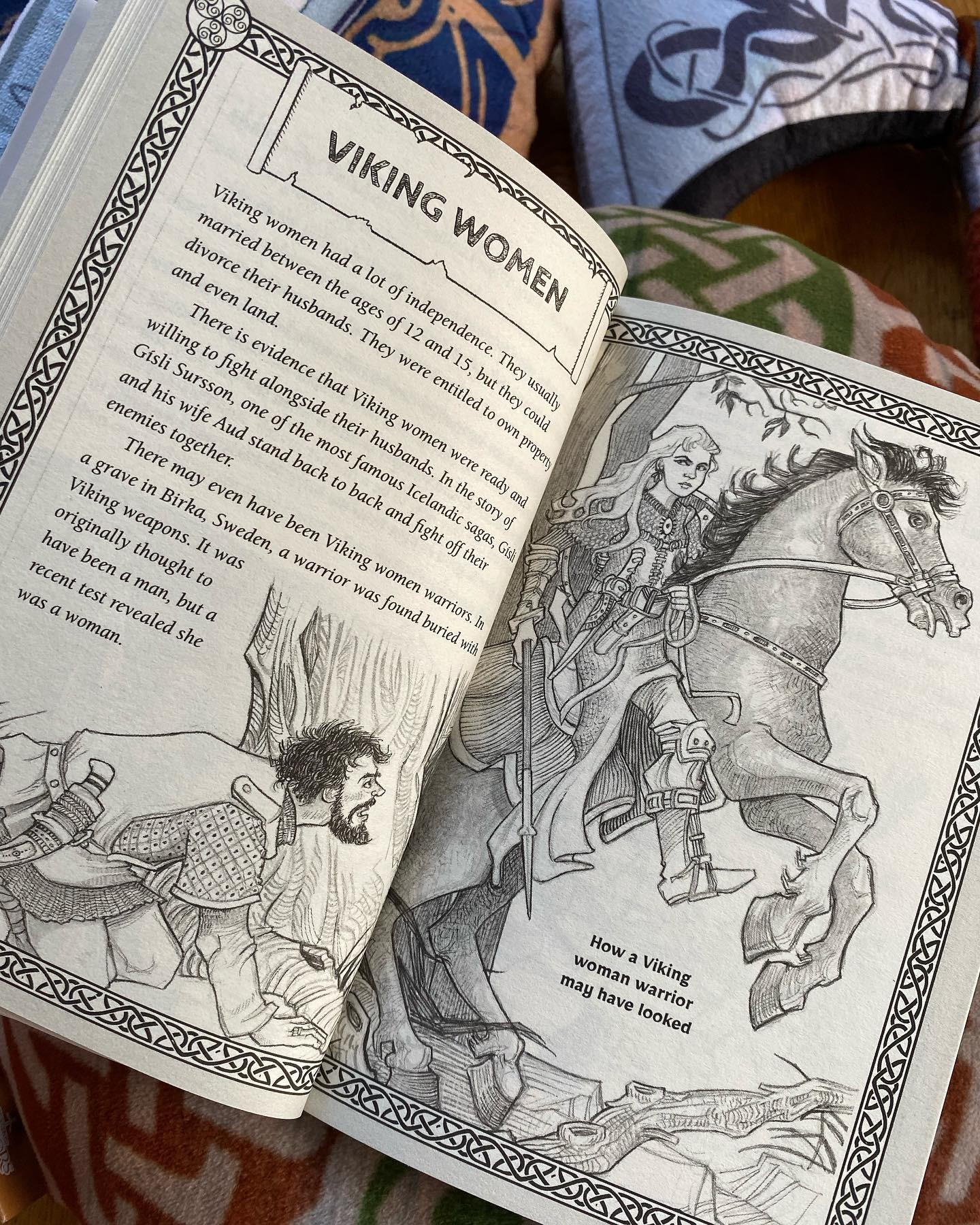
Alongside the first person narrative the book is filled with information panels, detailed drawings and diagrams, maps, timelines and more. It is a fascinating read and we are learning lots, even my passionate historian!!
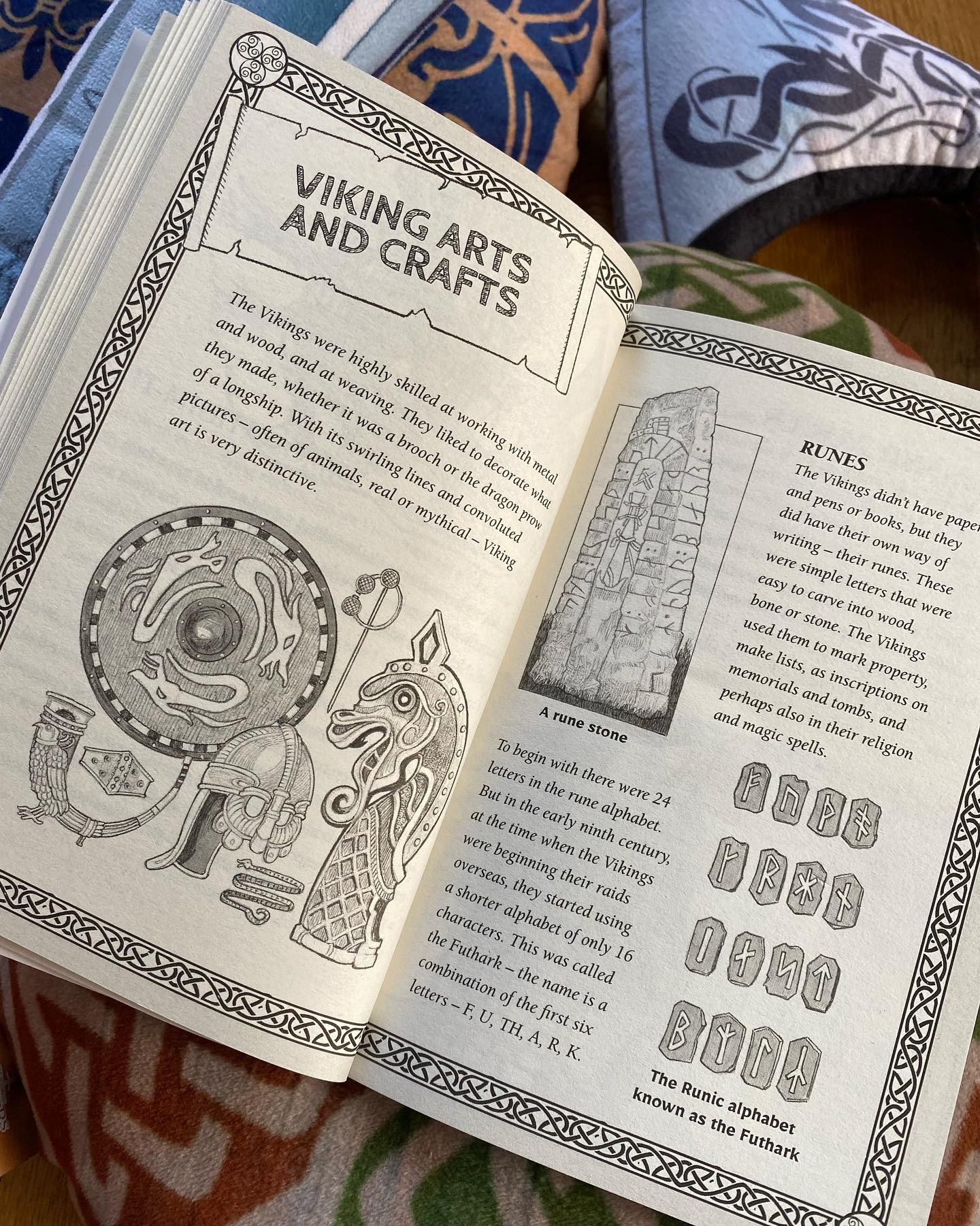
If you want to learn more about The Vikings, if you are teaching this topic at home or in school, if you want to inspire children to find out more about the early middle ages do seek out Tony Bradman’s books they are wonderful. His storytelling is masterful, filled with action and adventure, they really hook young readers, and their grown ups, in.
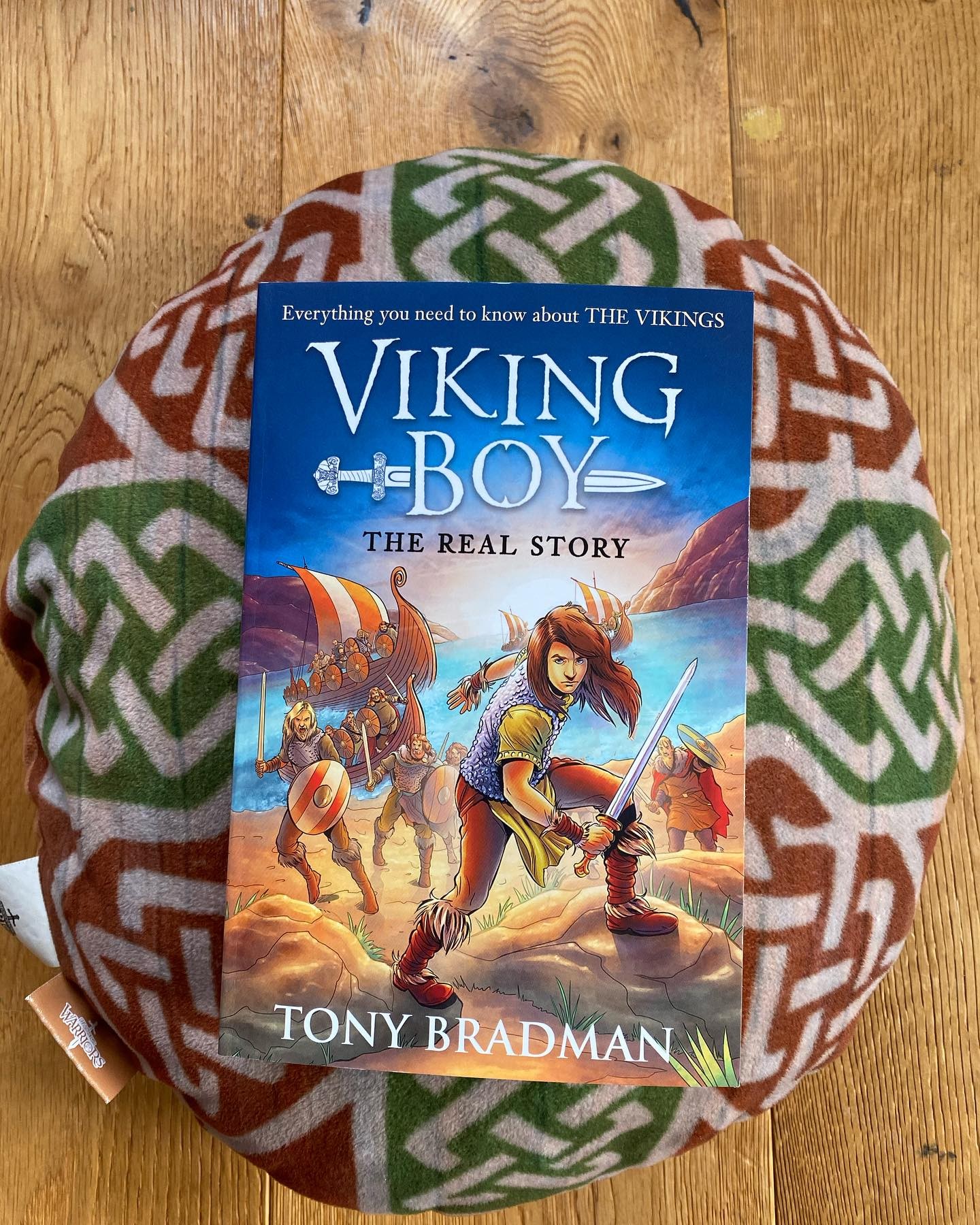
Tony’s passion for history shines through his every word and today I am sharing something he has written just for us. Please do read and share x
Top Ten things you might not know about the Vikings…
My novel Viking Boy (Walker Books) is the story of Gunnar, a boy who goes on a quest for vengeance after the evil Viking Skuli murders his father and burns down his family home. It’s been very successful, especially in schools, and my latest book is an illustrated non-fiction companion to it. In Viking Boy: The Real Story Gunnar tells you everything you need to know about the Vikings and their world.
While I was doing the research for Viking Boy: The Real Story I began to realize that there are quite a few things most people don’t know about the Vikings. So here’s a Top 10 list of Viking facts that might surprise you.
The Vikings loved clever word-play and poetry. They had poets called skálds, men who made a living from composing poems and reciting them in the halls of chieftains or kings. They also had contests with other skálds to see who could come up with the best insults!
The Vikings – men and women – were big fans of bling. Viking warriors and their wives wore lots of jewellery – necklaces, brooches, arm rings – and preferred silver to gold. Viking warriors also went in for tattoos and sometimes filed their teeth into points!
Vikings believed their swords had a kind of dark magic power, especially old swords that had been used in battle by famous warriors. They often gave their swords scary names – Leg-biter, Hole-Maker, Battle-Flame. Gunnar’s sword is called Death-Bringer.
The Vikings were slave-traders. They often sold people they captured on raids into slavery, and there were some very big slave markets in the Viking Age all over Europe. The biggest by far was in Dublin, Ireland, where slaves from all over Europe were sold.
Viking names had meanings. Bjorn = bear, Orm = serpent, Helga = sacred, and lots of names began with Thor, who was a popular God: Thorkel, Thormod, Thora. Gunnar comes from two Norse words: Gunnar, meaning war, and Ar, meaning warrior.
Viking women were very tough – and some might even have been warriors! In a grave in Birka, Sweden, a warrior was found buried with a complete set of Viking weapons. At first it was thought to be a man, but tests revealed that she was a woman!
One of the scariest things in the Norse myths is Naglfar, a ship made of dead men’s fingernails and toenails! At Ragnarok, the Viking Day of Doom, Naglfar is supposed to bring the dead from Hel’s realm of Niflheim to attack the Gods, with Loki steering it.
The Vikings were almost certainly the first Europeans to reach North America. A Viking called Leif Eriksson made several expeditions there, and archaeologists have discovered the remains of a Viking settlement at L’Anse Aux Meadows in Newfoundland, Canada.
The Vikings also raided, traded with and conquered lands east of the Baltic, and they were given the name “Rus”, which probably came from “Ruotsi”, a Finnish word meaning a crew of oarsmen. That word became the root of the name still used for those lands: Russia.
The scariest Vikings were the berserkers – we get the word “berserk” from them! They often stripped off their armour and fought naked, and didn’t care if they lived or died. They were so inpatient to get the battle started that they chewed their own shield-rims.
Tony Bradman, 2022
Before showing Tony’s writing to William I asked him to come up with his own 10 fascinating Viking facts, here they are …
Did you know her majesty Queen Elizabeth II is descended from the Vikings!
Our Queen is descended from William I “The Conqueror” who is himself a Norman, and the Normans are descended from the Vikings who settled in Normandy, France.
Viking Raiders and Settlers didn’t just raid and settle north-western Europe; they also colonised and traded in Russia, The Mediterranean, and the Middle East. Vikings also reached North America long (400 years to be precise) before Christopher Columbus even set sail.
Approximately 5% of the English language comes from Old Norse, the language of the Vikings, words like cake, egg, husband, sister, freckle, flat, ugly, lake and more.
The most powerful Viking warriors were their Berserkers, powerful soldiers who worked themselves up into a fury; these men thought they were invincible. At the battle of Stamford Bridge, where the Vikings fought the Anglo-Saxons, one lone Berserker held the bridge for hours, killing all the Saxons who tried to pass. Until one Saxon peasant paddled under the bridge and stabbed him from below.
The Vikings were not only barbaric raiders, they also had a very civilised way of life, they had a deep sense of honour and were loyal to local chieftains and to the kings, they met in assemblies called ‘things’ to discuss important matters were discussed and all free men could speak their opinion. As royal power grew law codes were written, containing things like punishments for crimes and new laws for entire countries. In Iceland (while kings took hold in Norway, Sweden and Denmark) 48 gooar (chieftains) headed society, they were powerful because people pledged their allegiance to them, and they met annually at the “Althing” assembly, guided by an elected Lawspeaker to settle disagreements between people and made new laws.
While the Viking settlements in Europe and Iceland thrived the colonies of Vinland (North America) and Greenland eventually crumbled. Vinland fell within 30 years of being established because of conflicts with the Native Americans, whom the Vikings called skraelings (wretches), as well as too few Viking farmers to hold up the population. Greenland may have crumbled in the 1450s due to a lack of food and resources, the cold, disease or conflict with the Inuit people – but no-one knows for sure. In the 1200s the Inuit people arrived, and founded successful settlements.
Vikings were not the height most people think they were, on average they were 8-10cm smaller than we are today (but probably more muscular and more heavily scarred).
J.R.R Tolkien’s The Lord of The Rings is set in Middle-Earth which is probably based on Midgard (Middle Earth) the world of Men in Viking mythology.
The number nine was important to both The Lord of The Rings and Viking sagas, Norse mythology knows nine worlds supported by Yggdrasil (which are Asgard, Hel, Midgard, Alfheim, Jotunheim, Muspellheim, Nidalvellir, Nifleheim, Svartheim, Vanaheim ) there are nine major Norse Gods. J.R.R Tolkien has nine rings for men and nine Nazgul.
Not many Viking raiders had helmets, armour or swords, only rich men could afford luxuries like this. So poor men got by with just a Spear or an Axe, as well as shield.
Conclusion
I love learning about the Vikings because they are ferocious raiders and peaceful traders, feared rulers and brave bodyguards. I think they are much more than just barbaric thieves, they are a civilised nation, a democratic state, and they changed the English language.
If we have inspied you to learn more about The Vikings do check out Tony Bradman‘s Viking Boy and Viking Boy: The Real Story
